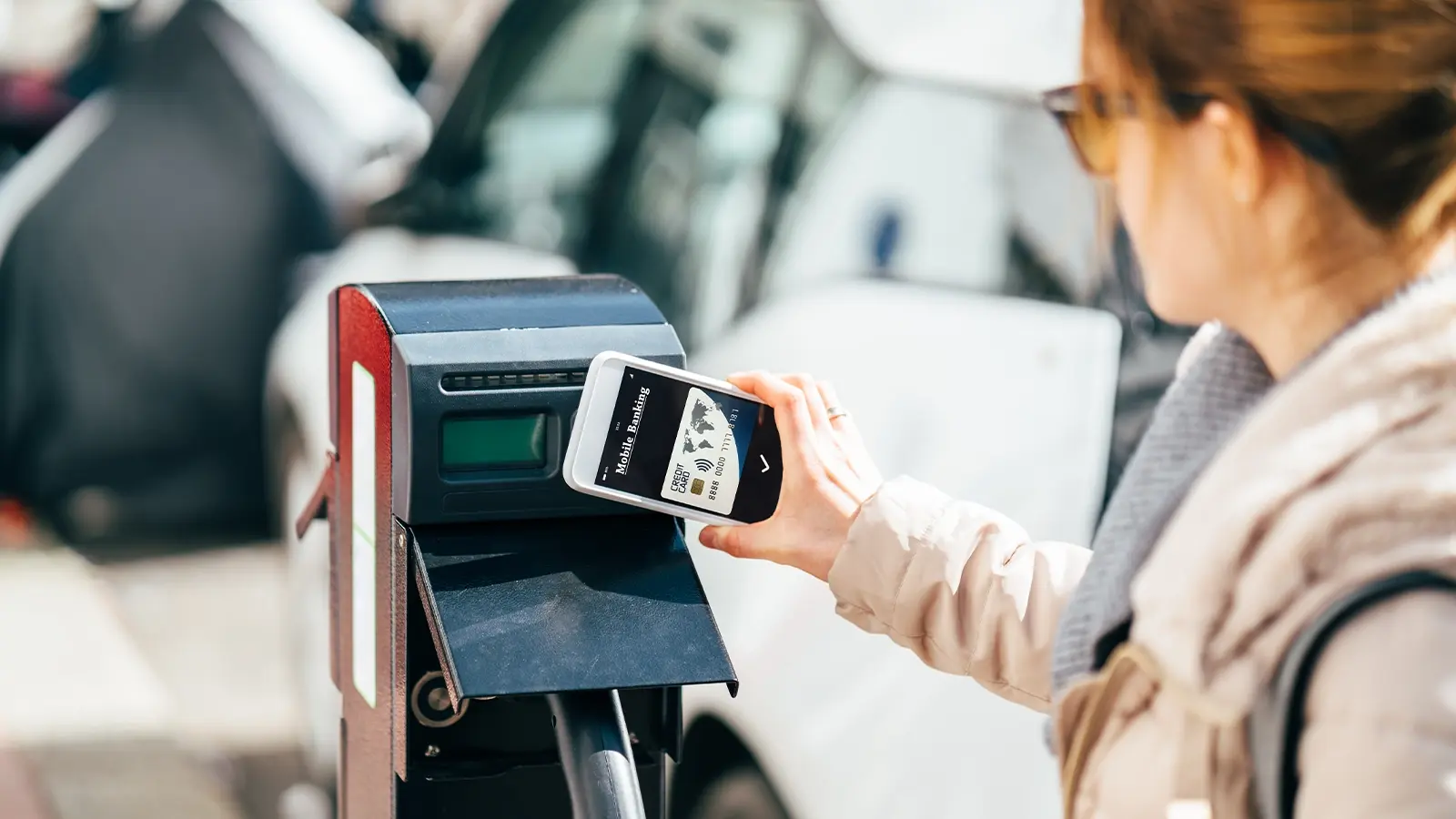EV Charging Basics
If you’re new to electric vehicles, the idea of plugging in instead of filling up might seem unfamiliar. But once you understand the basics of EV charging, including how it works, where you do it, and how long it takes, it becomes second nature. In many ways, it’s more convenient than gassing up, especially when you charge at home.
This guide walks you through the essentials so you can feel confident owning, driving, and charging your first electric vehicle.
What Is EV Charging?
EV charging simply means transferring electricity from the grid (or another power source) into your vehicle’s battery. That battery powers the electric motor, which turns the wheels, and no gasoline is required.
EVs come with a charging port that connects to different types of charging plugs. These vary by speed and by whether you’re charging at home or in public.
The Three Levels of EV Charging
T Electric vehicles can be charged in three different ways, each with its own speed and ideal use case. The higher the charging level, the faster energy is transferred to your battery.
Level 1 Charging This uses a standard 120-volt household outlet—just like the ones in your kitchen or garage. It adds about 3 to 5 miles of range per hour and is most suitable for overnight charging at home, especially if you drive fewer miles each day. No upgrades are needed to use Level 1; just plug in and charge.
Level 2 Charging Level 2 charging requires a 240-volt outlet or a dedicated wall charger. It’s much faster, providing anywhere from 15 to 40 miles of range per hour depending on the vehicle and charger. Level 2 stations are common at homes (with installation), workplaces, and in public parking areas like malls and grocery stores.
Level 3 Charging (DC Fast Charging) These are the fastest chargers and are typically found at public stations along highways or major travel routes. They use direct current (DC) to add 150 miles or more of range in just 30 minutes. Fast chargers are ideal for road trips or when you need to quickly top off your battery during a busy day. Not all EVs support Level 3 charging, so check your vehicle’s capabilities.
Most EV drivers rely on Level 1 or Level 2 for their everyday charging needs. Fast chargers serve as a backup or time-saving option when you’re on the go.
Where Can You Charge?
Home Charging: The majority of EV charging happens at home, overnight, while you sleep. All EVs can use a standard wall outlet (Level 1), but many owners install a 240-volt Level 2 charger for faster, more convenient charging.
Workplace Charging: Many offices and employers now offer charging stations in parking lots or garages. Some offer free charging as a perk.
Public Charging: Public chargers can be found at malls, restaurants, gas stations, grocery stores, and highway rest stops. There are thousands of stations across the U.S., and apps like PlugShare or Chargeway help you find them.
How Long Does Charging Take?
Charging time depends on three factors:
- Battery size: Larger batteries take longer to fill
- Current charge level: Empty batteries take longer than partially filled ones
- Charger type: Level 1 is slowest; DC Fast Charging is quickest
Here’s a rough example:
- Level 1: Up to 40+ hours for a full charge on a long-range EV
- Level 2: 8 to 12 hours (or overnight) for a full charge
- Level 3: 30–60 minutes for an 80% charge (ideal for road trips)
How Much Does It Cost?
EV charging costs vary based on:
- Location: Charging at home usually costs less than public charging
- Time of day: Some utilities offer cheaper “off-peak” rates at night
- Charging network: Public networks may charge by time, kWh, or session
On average, most drivers save significantly over time, compared to gasoline, especially if they charge mostly at home.

Charging Etiquette in Public
Here are a few tips when using public chargers:
- Move your car when charging is complete
- Don’t unplug others unless there’s signage allowing it
- Be courteous about time limits, especially at fast chargers
- Always check whether a charger is working or reserved before plugging in
Plug Types and Compatibility
Most EVs use a standard plug (J1772) for Level 1 and Level 2 charging.
For fast charging, plug types vary:
- CCS: Common on most U.S. EVs
- CHAdeMO: Found on some older Nissan and Mitsubishi models
- Tesla: Uses a proprietary connector, but many are adopting the NACS (North American Charging Standard), which will become more universal
Your car’s navigation system or app will usually filter out incompatible stations.
Final Thoughts
Charging an EV is simple once you know the basics. Most owners charge overnight at home and top off as needed in public. With more charging stations being added every month, it’s becoming easier to own and drive an electric vehicle no matter where you live.
Charge Up Your Knowledge
Discover what to expect when you own a green vehicle:
← Go Back: What It’s Like to Drive Different EVs
Discover Next: What to Expect When You Own a Green Vehicle →












